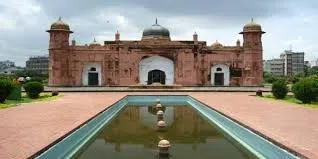Lalbagh fort

The Lalbagh Fort of the Mughal Architecture
We are tourists of Bengalis. Traveling in the country and abroad; But we do not see much of the country. Even many of us do not know, there are many historic places hidden in this busy city. There are many hidden hiding places in this city. Today we will describe our traditional form of Dhaka as well as a traditional form.
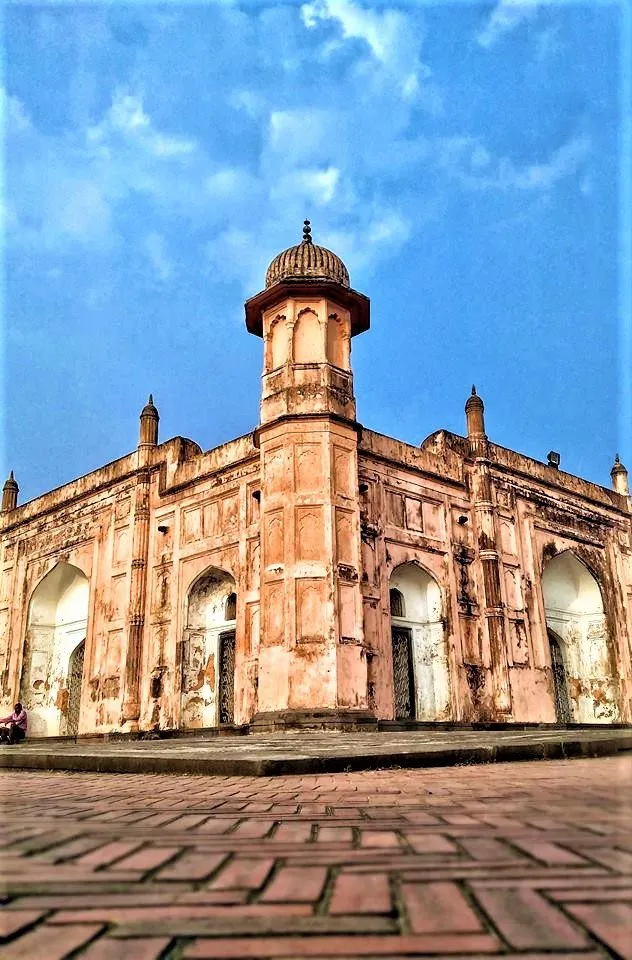
Lalbagh Fort is the only historical monument of Bangladesh in the Mughal period, with the use of the touchstone, marble stones and various colorful tiles. Apart from the Lalbagh Fort, there is no such a distinguished combination of any other historic monuments in Bangladesh. The Lalbagh fort is located in Lalbagh in old Dhaka.
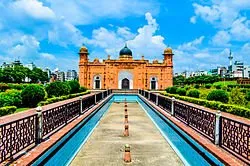
History of Lalbagh Fort
The construction of Lalbagh Fort started in 1678. The then Mughal Emperor Azam Shah started the construction work. Although Azam Shah was a Mughal emperor for a very short period of time. Yet in a short time he started this extraordinary work. Note that Azam Shah was the son of Mughal Emperor Aurangzeb and grandson of Emperor Shahjahan, who is widely regarded in the world for the construction of the Taj Mahal.

About a year after the construction of this fort, he called his father to go to Delhi to suppress the Maratha insurgency there. After the departure of Emperor Azam Shah, the construction of the fort was temporarily stopped. There is a doubt that the construction of this fort will be completed at all. But with the end of all speculation, Nawab Shaista Khan again started the construction of Lalbagh Fort. After almost a year, the work was going on again with full enthusiasm and construction of the fort.

However, the construction of the fort was closed again after the start of the work of Shaista Khan in about four years. After that the construction of the fort was not started. Basically, Shaista Khan closed the construction of Lalbagh Fort because of the death of Nayab Shaista Khan's daughter, Prabi Bibi. Shahjada Azam Shah's marriage with Eli Bibi was right. After the death of Paribah Bibi, everybody got a bad idea about the fort, and everyone began to wonder about the castle.
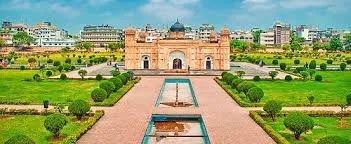
After the death of Fairy Bibi, he was buried in the fort of Lalbagh, and since then it has been named as Paribah Bibi's Tomb. The dome of the tomb of Fairy Bibi was once gold-colored, but now it is no more, the entire dome is covered with copper plates.
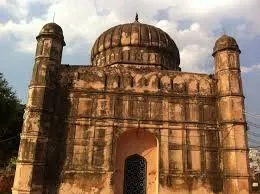
Have to look around
The doors of the three gates of the Lalbagh Fort are open to the public, the entrance through the doors will be seen directly by the fairybriebara tombs. Durbar Hall and Hammamkhana, Shahi Mosque of northwestern part of the Lalbagh fort complex. There are very few old mosques in Dhaka.
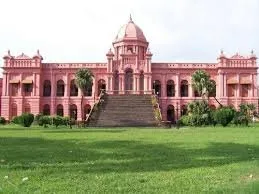
Durbar Hall of Lalbagh Fort and Hammamkhana has now been converted into a museum for public viewing, which was formerly the residence of Nawab Shaista Khan and from there he controlled everything. There are so many things to see in the museum. In the Mughal period, there will be pictures of different hand painted pictures, which can not be impressed by anyone. The museum has manuscript, pottery, carpet, handwriting and royal decree of the Mughal period. There are also various items used by Shaista Khan. Apart from this, there are various warships, dresses, current coins of the time, in the museum. It is astonishing to see the 300-year-old establishment and the things used by the emperor at that time. You will also be lost in the Mughal rule during the Lalbagh fort.
